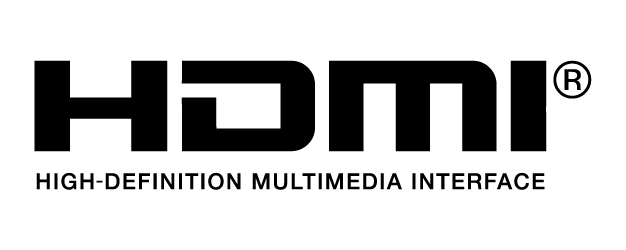ModelRM500-ENT
Operating frequency of the Ocusync Industry Edition2.4000 - 2.4835 GHz
5.725 - 5.850 GHz
Effective signal range at the Ocusync Industry Edition operating frequency (without interference and blockage)SRRC: 5 km; MIC/KCC/CE: 4 km; FCC: 7 km
(measured when the operating height of the drone is 2.5 m)
EIRP of the operating frequency of the Ocusync Industry Edition2.4 GHz
SRRC/CE/MIC/KCC: 18.5 dBm;
FCC: 29.5 dBm;
5.8 GHz
SRRC: 20.5 dBm;
FCC: 28.5 dBm
CE:12.5 dBm
Wi-Fi protocolsWi-Fi Direct, Wireless Display, and 802.11a/g/n/ac
Supports 2 × 2 MIMO Wi-Fi
Wi-Fi operating frequency2.4000 - 2.4835 GHz
5.150 - 5.250 GHz
5.725 - 5.850 GHz
Wi-Fi EIRP2.4 GHz
SRRC/CE: 18.5 dBm; FCC/MIC/KCC:20.5 dBm;
5.2 GHz
SRRC/FCC/CE/MIC: 14 dBm; KCC: 10 dBm;
5.8 GHz
SRRC/FCC: 18 dBm; CE/KCC: 12 dBm;
Bluetooth protocolBluetooth 4.2
Bluetooth operating frequency2.4000 - 2.4835 GHz
Bluetooth EIRPSRRC/MIC/FCC/CE/KCC:6.5 dBm
PositioningGPS+GLONASS dual mode
Display screen5.5-inch screen with a resolution of 1920×1080, brightness of 1,000 cd/m², and Android OS
Operating memory (RAM)4GB LPDDR4
Storage space (ROM)A microSD card with 32 GB and extensible storage space for up to 128 GB, transfer speed rated as UHS-I Speed Grade 3
HDMIHDMI 1.4
Supported dronesT30 and T10 agricultural drones
Operating power consumption18 W
Operating ambient temperature-10℃ to 40℃
Storage ambient temperature-30℃ to 60℃ (within 1 month)
-30℃ to 45℃ (more than 1 month and less than 3 months)
-30℃ to 35℃ (more than 3 months and less than 6 months)
-30℃ to 25℃ (more than 6 months)
(with built-in batteries charged to 40% to 60%)
Charging ambient temperature5℃ to 40℃


